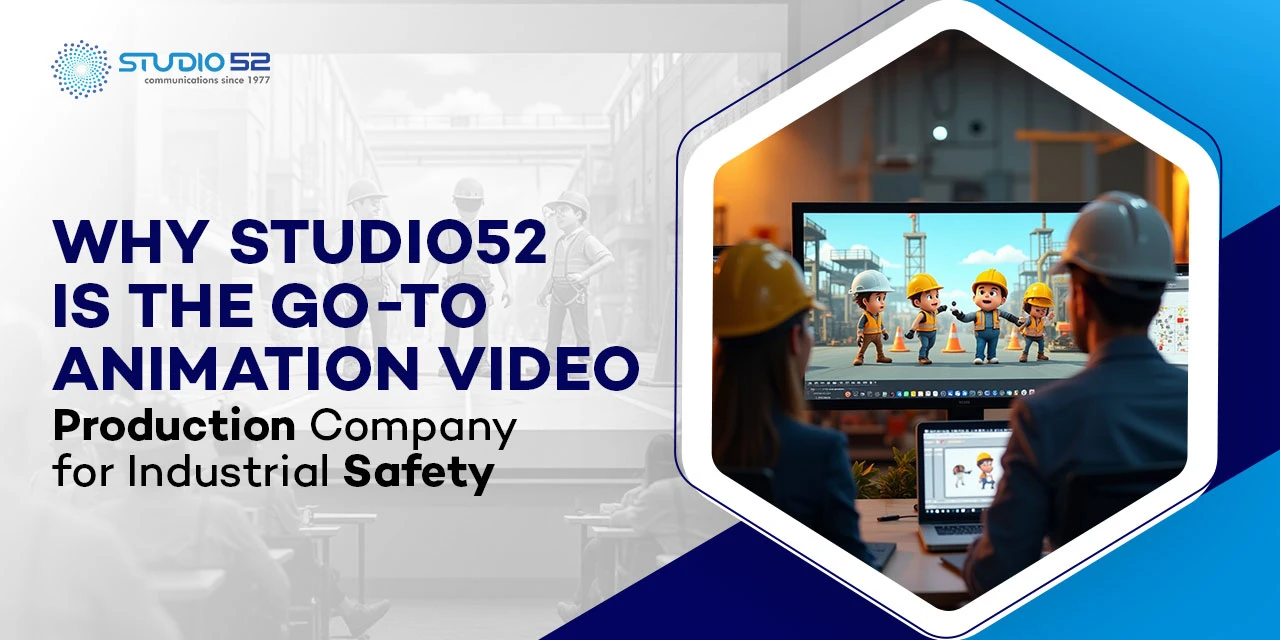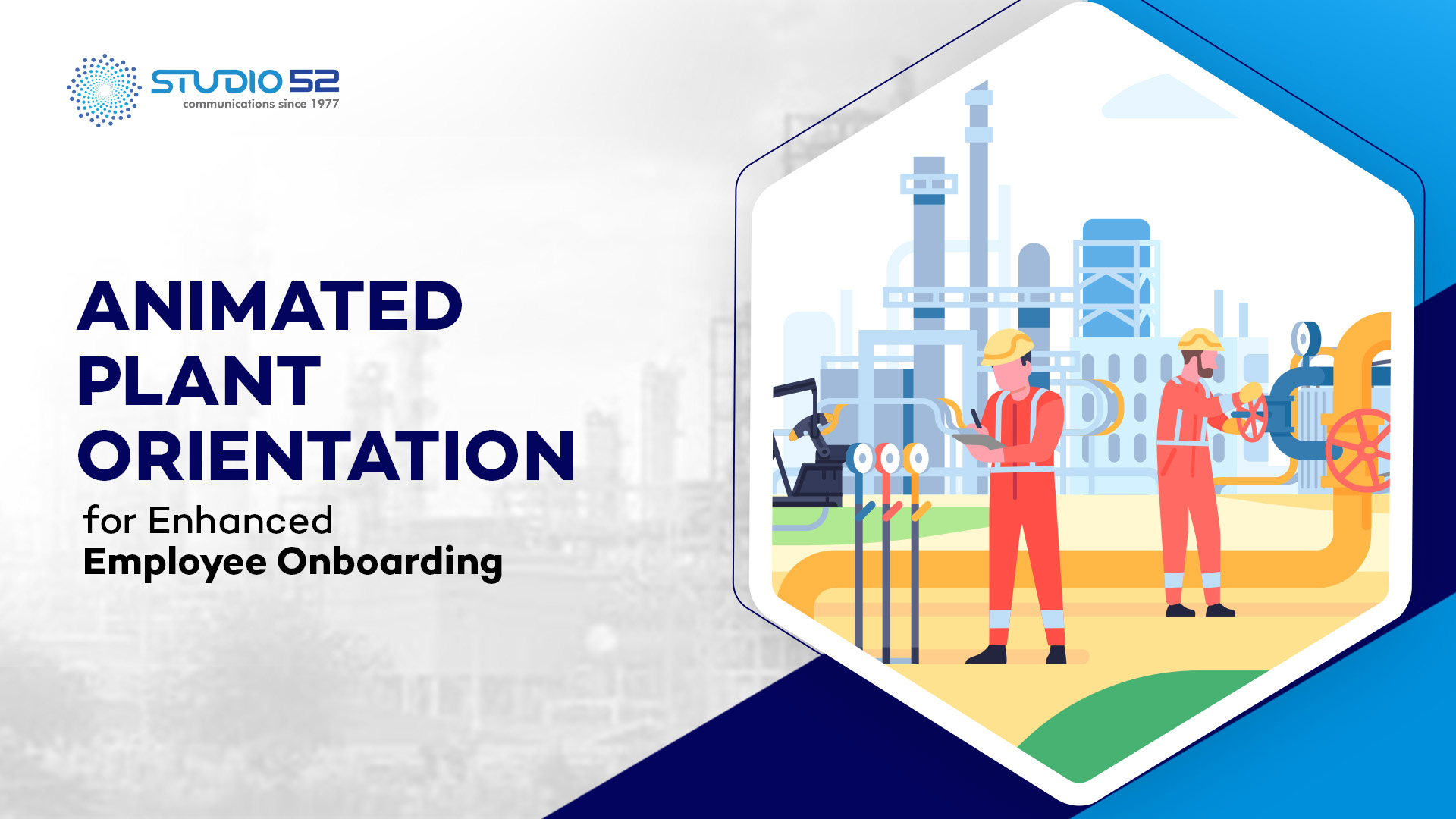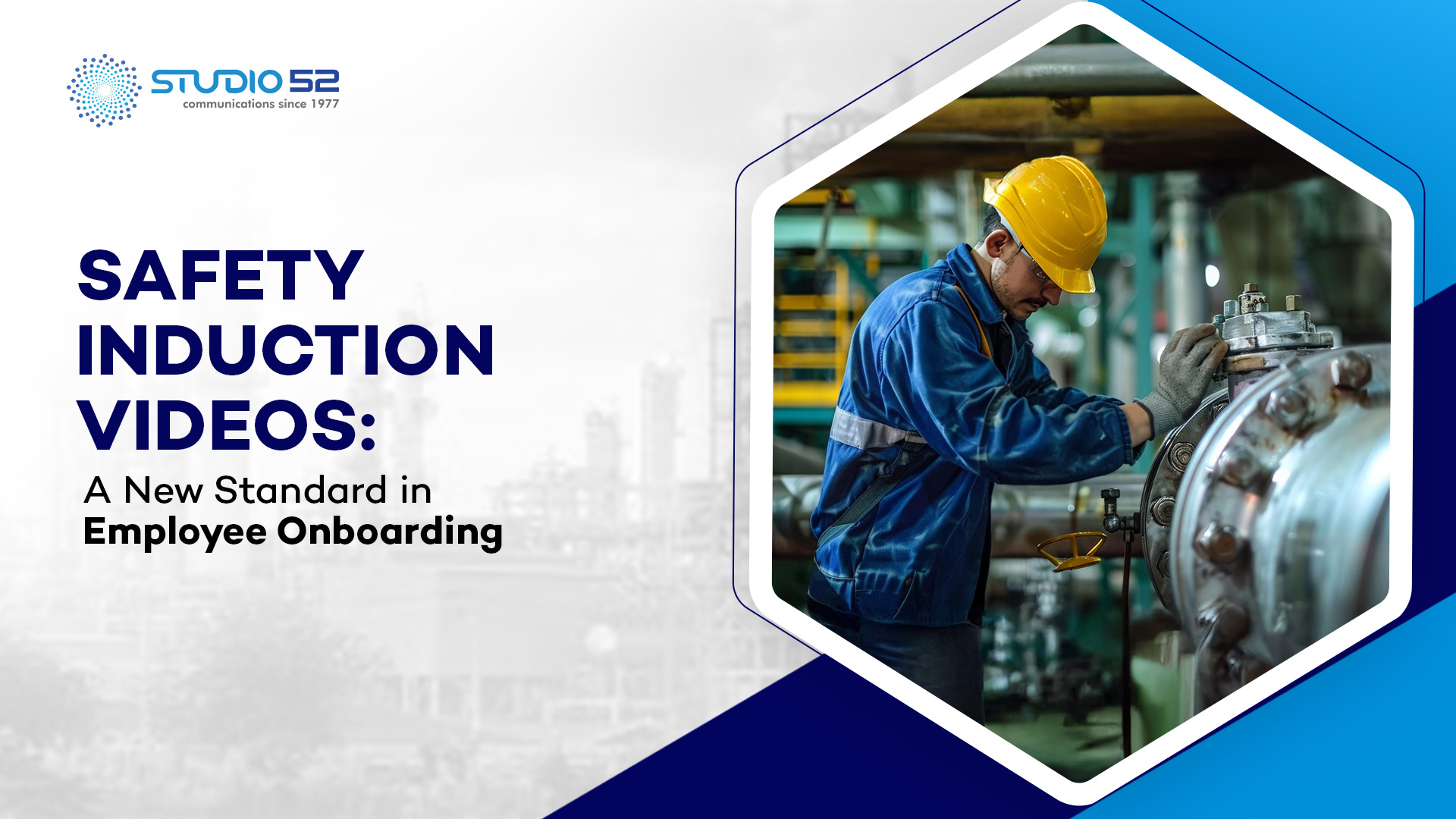In today’s dynamic industrial landscape, organisations face extensive safety challenges. The workforce is often diverse, and the complexity of safety protocols continues to grow due to evolving technologies, changing regulations, and unique operational requirements. Traditional training methods, such as lengthy lectures or text-based manuals, no longer suffice in engaging employees or ensuring that critical safety information is retained.
Increasingly, businesses are turning toward innovative formats to communicate essential safety guidelines. AI in safety learning has become pivotal in making training more relevant and engaging for employees. Through the power of animation, organisations can create immersive, visually appealing training modules that simplify complex topics. These AI-driven approaches enable hyper-personalisation, ensuring that safety guidelines resonate with specific roles, locations, and skill levels.
Table of Content
What Is AI-Powered Personalisation in Safety Animations?
AI-powered personalisation in safety animation video production involves leveraging advanced algorithms and data analytics to tailor content for different user profiles. The aim is to move away from one-size-fits-all training and instead offer role-specific, context-relevant animations that capture individual learners’ attention.
Conceptual Breakdown
By harnessing machine learning and data analytics, AI evaluates diverse sets of information, such as job roles, experience levels, and past performance, to determine each user’s specific learning needs. This comprehensive approach to data analysis means that someone working in a high-risk environment (like construction or chemical handling) will receive detailed hazard simulations, while those in administrative roles will see scenarios more pertinent to office safety.
How It Works
Employee Data Analysis: The AI system gathers insights on each user’s job role, prior experience, and previous training outcomes.
Content Customisation: Based on these insights, the AI refines the animated modules to incorporate the most relevant topics. Employees in a lab setting, for instance, might see scenarios related to chemical spills, whereas those on an oil rig could focus on emergency shutdown procedures.
Adaptive Interactivity: The AI engine adjusts interactivity and complexity within the animation. Those who demonstrate proficiency can move faster through foundational sections, while those struggling with certain concepts receive additional practice.
By delivering this type of targeted learning experience, AI ensures that employees are not only instructed in best practices but also remain engaged and motivated throughout their training journey.
Why Is Personalisation Crucial in Safety Learning?
Personalisation is the backbone of any effective training strategy in modern, fast-paced industries. It transforms a static learning into an engaging experience that resonates with individual learners.
Improved Engagement
When employees encounter training scenarios that mirror their real-life work settings, they pay closer attention. Personalised modules help them see exactly how safety protocols apply to their daily tasks, making them more attentive and proactive in learning.
Higher Retention Rates
Personalisation enhances memory retention. Providing industry or role-specific narratives helps employees recall safety protocols better. For instance, an animated explainer videos module that showcases hazards unique to a construction site will leave a stronger impression on construction workers, enabling them to better remember protocols in crisis situations.
Efficiency
One of the biggest challenges in traditional training is the time employees spend learning information that might not be directly relevant. AI-driven personalisation streamlines the process by presenting only pertinent content, saving both time and resources.
Regulatory Compliance
Safety regulations vary depending on the industry, location, and nature of work. Customising training content ensures employees receive the information necessary to meet local and international safety standards. This tailored approach reduces the risk of non-compliance penalties and builds a strong safety culture across the organisation.
AI and Personalisation Benefits in Safety Animations
An AI-driven approach to safety animations unlocks numerous advantages that go beyond traditional training frameworks:
Adaptive Learning Paths
AI algorithms adjust the difficulty, pacing, and complexity of safety learning videos based on real-time feedback. If a user’s quiz performance indicates a knowledge gap, the system provides extra modules to reinforce those areas.
Interactive Scenarios
By offering role-specific hazard simulations, employees gain hands-on virtual practice. A chemical spill drill for lab technicians or a faulty machinery scenario for manufacturing staff ensures that the learning journey is both relevant and immersive.
Multilingual Support
In multinational organisations, ensuring every employee understands safety guidelines can be challenging. AI-driven tools quickly and accurately translate animationed videos to multiple languages, bridging communication gaps and upholding a uniform safety standard across the company.
Performance Insights
AI collects and analyses data from quizzes, interactive modules, and user feedback. These insights highlight areas where employees may struggle, enabling targeted refresher training. Managers can then optimise learning pathways, ensuring everyone achieves a required safety competency level.
Cost-Effectiveness
Producing repeated live training sessions for large teams can be resource-intensive. AI-personalised modules allow for scalable, automated learning that significantly reduces the time and cost involved. Organisations can redirect these savings toward further improvements in safety infrastructure or other critical initiatives.
Moreover, advanced technologies such as 3D animation video capabilities add depth and realism to these scenarios, enhancing comprehension and boosting user engagement.
Applications of AI-Personalised Safety Animations
AI-personalised safety animations can be deployed across a wide spectrum of workplace scenarios. Some of the most common applications include:
Onboarding New Hires
New employees often need a thorough introduction to safety policies. Tailored content ensures that each individual receives the right level of instruction. Field workers might receive detailed modules about heavy machinery, while office-based staff could learn about the best ergonomic practices.
Refresher Training
As guidelines evolve or compliance standards update, employees require regular refresher training. AI-driven systems track changes in regulations and adapt the content accordingly, ensuring employees remain current on safety protocols specific to their roles.
Emergency Preparedness
Particularly for high-risk environments, emergency drills can be complicated and expensive to conduct frequently. Personalised animations teach employees the correct procedures for evacuation, chemical handling, or responding to equipment failure. These modules offer an immersive rehearsal of real-life threats without disrupting daily operations.
Challenges in Implementing AI-Personalised Safety Animations
While the benefits of AI are considerable, organisations must address certain challenges to optimise its implementation.
Data Privacy Concerns
Personalisation relies on data analysis. Storing and using employee information for training must be done responsibly, following data protection regulations to maintain employee trust and legal compliance.
Initial Investment
Incorporating AI into safety animation workflows can require an upfront investment in software, hardware, and talent. However, the long-term returns like improved safety outcomes and fewer accidents often offset these initial costs.
Technical Barriers
Not all organisations have teams versed in explainer video creation or AI content development. Training staff or partnering with a specialist like Studio52 helps overcome these hurdles, ensuring high-quality, user-centric safety animations.
Conclusion
As workplace dynamics evolve and regulations tighten, there is an escalating need to ensure every individual receives the precise training required to handle potential risks. AI-driven personalisation reshapes how we create and deliver safety learning videos, making them more targeted, interactive, and efficient than ever.
Through adaptive learning paths, interactive simulations, and multilingual modules, personalised safety animations boost engagement and retention. They empower employees to absorb and apply critical information tailored to their specific roles, ultimately fostering a safer work environment. This not only ensures compliance with industry standards but also elevates overall organisational productivity and morale.
If you are looking to enhance your training programs with immersive and carefully designed safety content, Studio52 can guide you through the entire process – from conceptualisation to post-production analytics. We specialise in producing animated explainer videos designed to engage and educate diverse audiences. Explore our animation video production services by visiting our website or get in touch with our experts to discuss how AI-powered personalised animations can transform your workplace training strategy.






